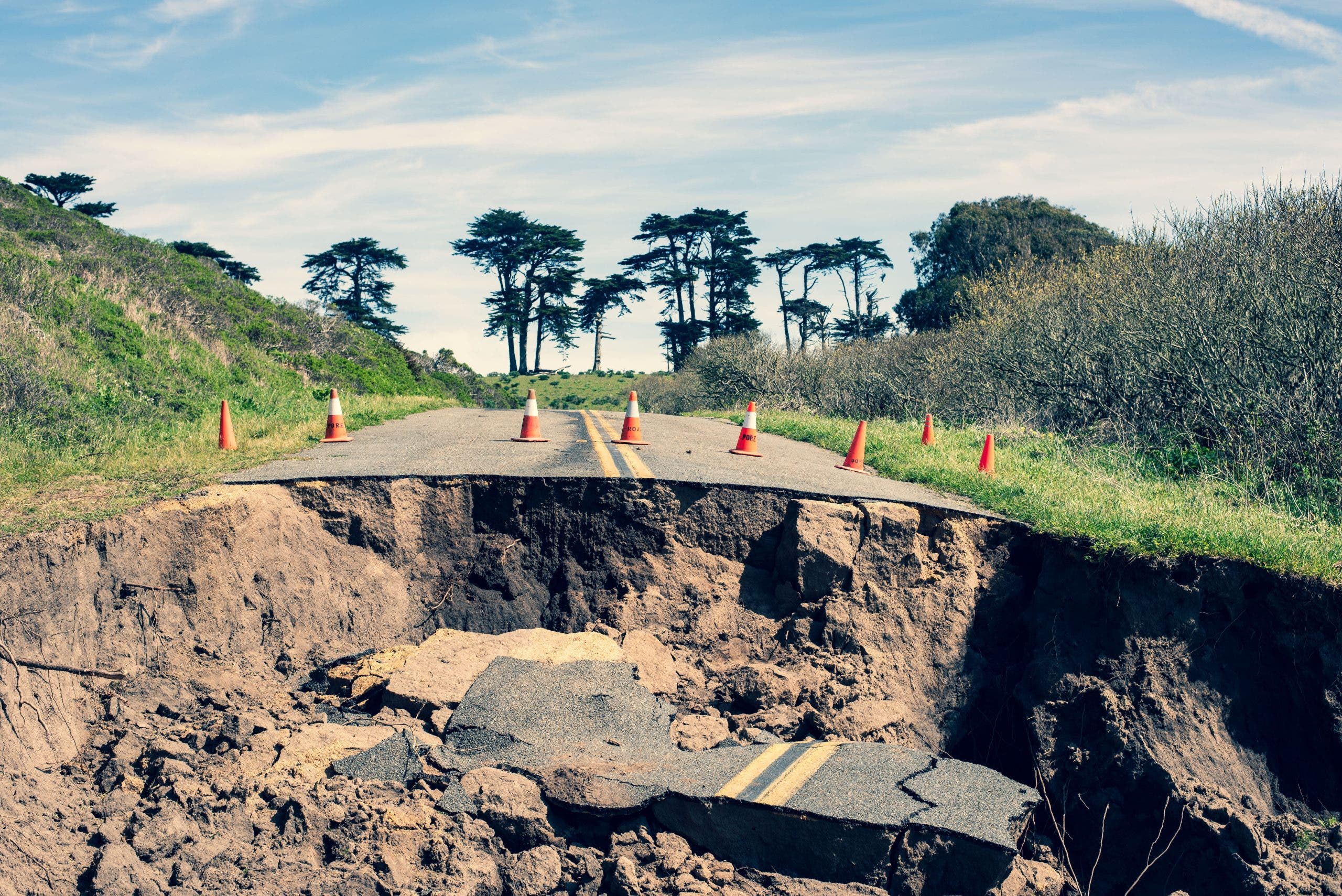THE world’s first map to show countries most prone to soil subsidence has Spain as one of those most affected in Europe.
Sinkholes are becoming more common due to underground water extraction via aquifers.
The extraction occurs in porous areas of the subsoil, which causes the progressive compaction of underground sediments and eventual deformation of the ground.

In research published in Geophysical Research Letters, scientists have discovered a direct correlation between the rate of groundwater extraction and land subsidence.
They conclude that greater attention needs to be paid to managing water resources to reduce the risk of subsidence and sinkholes.
Spain is one of the areas in Europe where there is a higher risk of subsidence, especially in large parts of Andalucia, as well as the Murcia region and Alicante and Valencia provinces.

Scientists at the Colorado School of Mines in America used artificial intelligence to predict the extent of land subsidence around the world.
“Land subsidence is a destructive phenomenon that damages infrastructure and aquifers, as well as endangering human lives,” they said.
“Population growth has played an undeniable role in the resource extraction that has led to the subsidence.”
The researchers used existing data from terrain subsidence and remote sensing studies to generate a dataset of 46,000 subsidence scenarios.
All of those figures, along with a selection of 23 climatic, geographical, and topographic factors, were fed into an AI module capable of calculating the total area of land that is at risk of subsidence, allowing us to work out the number of people that could be impacted.
That number globally is two billion living on around 5% of the Earth’s surface.
As for the remedy, the scientists suggested: “To minimise reliance on groundwater, measures should include promoting water-use efficiency, enforcing strict regulatory frameworks, and giving incentives to farming practices that optimise water usage.”
“In addition, investing in water recycling and recovery technologies can increase water availability without relying too much on groundwater,” they noted.
Click here to read more News from The Olive Press.








